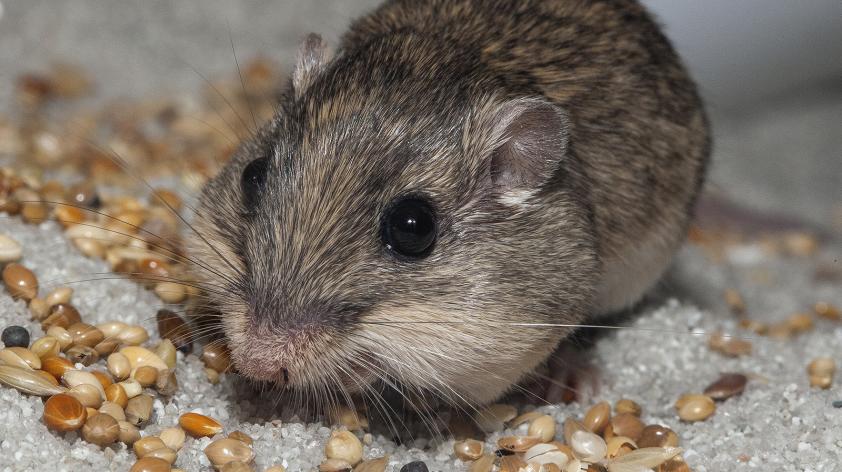

You can also help create awareness of species and their recovery status by posting on social media, or creating an article or blog about them, just like I am doing. Pay attention to instructional signs and follow proper behavior when treading on mice-populated land. Don't litter, or drive vehicles on or near habitat sites, as this will further degrade the habitat. The biggest thing you can do to help is to be respectful and careful when entering territory with local Pacific Pocket mice habitats nearby. Interpretive signs and exhibits should be erected near Pacific Pocket mice populations to guide human behavior near the se habitats. Public awareness of recovery efforts will help reduce impacts to protected populations. Step number six: Enhance public awareness of, and appreciation for, the Pacific Pocket mouse recovery program. This will mainly be done through educational and interpretive programs. The establishment of populations in these unoccupied habitats could help contribute to the species recovery. Most current mice populations occur in small and fragmented habitats, however potential unoccupied habitat has been identified on publicly owned land that may be suitable for the Pacific Pocket mouse. The plan states that it may be necessary to establish a captive breeding population that can later be released into existing or unoccupied habitat.
Pacific pocket mouse habitat full#
Step number five: Identify and implement measures to create additional populations. Simply protecting and enhancing all existing mice habitats and populations may not be enough to ensure full recovery.

Understanding how the populations of Pacific Pocket mice live is critical to ensuring the longevity of the species, and to ensure they don't become endangered again. Step number four: Conduct research on the life history, ecology, and population biology of the Pacific Pocket mouse. The information that is collected will be used to guide recovery actions and construct mathematical models that can help predict the likelihood of the persistence of the species over time. The picture below shows the historic localities of the Pacific Pocket mouse, showing both the number recorded in the specific location, as well as the year recorded.

In captivity, the lifespan of the Pacific Pocket mouse is usually between 4-6 years, however in the wild, the mouse's lifespan is reduced to 3-5 years. The ideal breeding season for the mouse is in the spring, usually sometime between April and June. Female Pacific Pocket mice typically give birth to one litter per year, with each litter containing somewhere between 2-8 babies. Besides finding a mate, the Pacific Pocket mouse does not engage in direct social interaction with other mice.

The Pacific Pocket mouse's name is due to its external "pockets" in its cheeks, which are used to temporarily store these seeds. The pocket mouse then saves these seeds in their burrow for when they hibernate during the winter. The Pacific Pocket mouse is nocturnal, and mainly eats small insects and seeds, which they burrow for when it's dark out to avoid the sun. Historically, the population of these mice ranged from Los Angeles down to San Diego county, and have not been recorded farther than 2.5 miles away from the ocean. 25 oz, this small mouse is endemic to the coast of southern California. The mouse is covered in brown silky fur, and lives in sandy coastal areas. The Pacific Pocket mouse is a subspecies of the "little pocket mouse" species, which is a part of the rodent family.


 0 kommentar(er)
0 kommentar(er)
